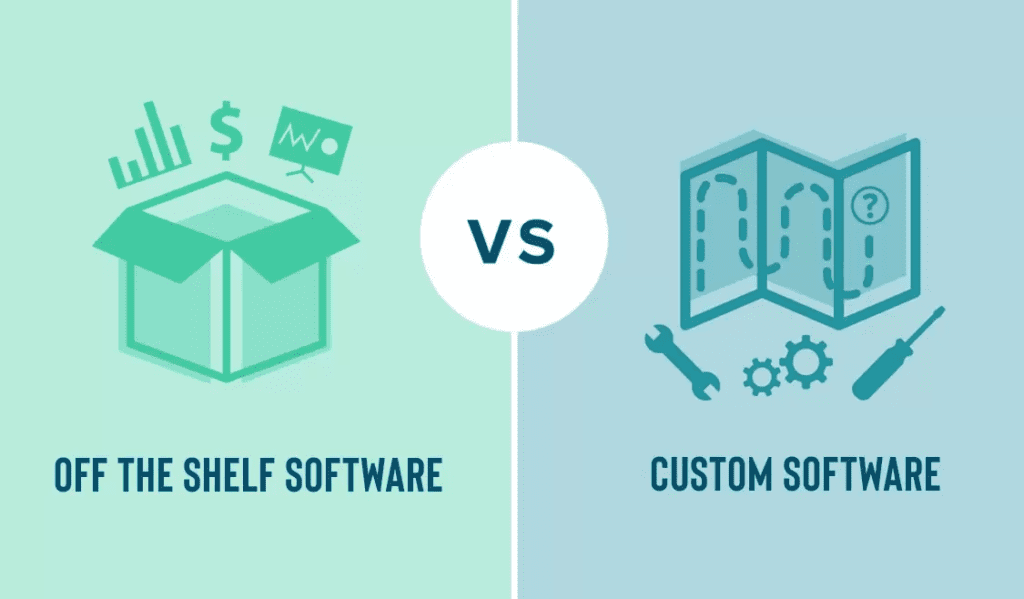When to automate a business process in your company

Business automation is not as straightforward as it looks
Automation can be a game-changer for any business looking to streamline its processes and increase efficiency, even more in the construction industry’s current state. However, deciding whether or not to automate a process can be a daunting task. In this post, we’ll explore when it’s a good idea to find a solution to automate a business process in your company.
What is Business Process Automation?
Business process automation (BPA) refers to the technology-enabled automation of complex business processes. It’s about streamlining a business for simplicity, achieving digital transformation, increasing service quality, improving service delivery or containing costs. Essentially, BPA is a process where businesses use information technology to contain and manage costs, increase efficiency, and streamline processes. It leverages software and services to automate key business processes, and it’s often a core component of digital transformation initiatives. BPA can be implemented in a range of business areas including marketing, sales, supply chain, customer service, and accounting. The goal is not just to automate repetitive tasks but also to improve the quality of output by reducing errors and enhancing consistency, thereby enabling businesses to focus more on strategic, value-adding activities.
Business Process Benefits
- Increased Efficiency: Automates routine tasks, allowing resources to focus on strategic, high-value activities.
- Cost Reduction: Streamlines operations, reducing labor costs and minimizing errors, leading to cost savings.
- Consistency and Compliance: Ensures repeatable processes and adherence to regulatory standards, maintaining quality and reliability.
- Enhanced Customer Satisfaction: Faster turnaround times and improved service quality lead to increased customer loyalty.
- Scalability: Allows businesses to easily scale operations up or down in response to market demands without significant cost increases.
- Data Analytics and Insights: Provides valuable insights from processed data, informing better decision-making and strategic planning.
- Improved Quality: Reduces errors and enhances consistency, leading to higher quality outputs and services.
- Resource Allocation: Frees up employee time from mundane tasks, enabling focus on creative and complex activities.
- Competitive Advantage: Positions businesses better in the market by improving operational efficiency and agility.

Business Automation: Step-by-Step Guide
The first step in determining whether or not to automate a process is to identify tasks that can be automated. These tasks can include anything from data entry in a Revit family to report generation on-site.
Any task can be automated, but stick to repetitive actions as a rule of thumb. It doesn’t have to be something you do constanstly because it can be a process done a only couple of times, but it’s a time-consuming task. So make sure it isn’t a one-time task.
Factors to Consider
Once you have made a first list of processes that are candidates to be automated due to their importance, you can do a deeper analysis to refine it even more. For example, we would want to automate the design process of certain buildings in our company, but the task might involve a complex AI implementation that might be too expensive or time-consuming that makes the return on investment too low or too hard to achieve. So here are some other factors to consider:
- Volume: Automation may be more efficient and cost-effective than manual processing if a process involves large data or tasks.
- Cost: Consider the cost of automation versus the cost of manual labor. Sometimes the upfront cost of automation may be high, but the long-term savings in time and resources can make it worthwhile.
- Quality Control: Automating a process can help ensure consistency and quality control. With automation, you can establish standard processes that are followed every time, reducing the risk of errors or variations in output.
- Human Resource Allocation: Automation can free your employees to focus on more strategic tasks that require human intelligence and creativity, allowing your team to utilize their skills better.
- Industry Standards: Consider whether when standards or regulations require automation. Some tasks, such as creating a blueprint to present to the county, have strict regulatory requirements that may need automation.
Prioritize and Select
Once you have a list of tasks that can be automated, prioritize them in terms of cost and importance. You can use a simple cost-benefit analysis to determine which tasks will provide the greatest return on investment.
After creating your final list, you can select the one that provides the return on investment, as the low hanging fruit, all things considered.

Custom solution or off-the-shelf product
After prioritizing the tasks, analyze whether a custom automation or an off-the-shelf product can be used. While off-the-shelf products may seem attractive due to their lower cost and ease of implementation (for example if you need a Revit Exporter to excel, you rather download something from the Autodesk App Store than creating it yourself), custom software has several benefits that make it a worthwhile investment:
- Tailored functionality: can be tailored to meet the specific needs of your business, ensuring that you get the exact functionality you require.
- Scalability: can be designed to scale your business, ensuring that it continues to meet your needs as your business grows.
- Better integration: can be designed to integrate with your existing systems, reducing the risk of compatibility issues.
- Increased efficiency: can be designed to automate tasks specific to your business, increasing efficiency and reducing the risk of errors.
- Competitive advantage: process automation can give your business a competitive advantage by providing functionality unavailable in off-the-shelf products.

Why Implementation is key in Business Process Automation
Finding the perfect solution for a great problem is the easiest part of the automation journey; implementing the selected solution is the most important and hardest.
Ensure you define an implementation plan with responsible stakeholders: After ranking the tasks, define an implementation plan with responsible stakeholders. This plan should include timelines, budgets, and responsibilities.
Present the solution to peers for approval once you have a plan. You may need to make adjustments based on their feedback. Another action that I recommend is to involve anyone affected by the tool to ensure they are on board with the creation of this automation.

Conclusion
In conclusion, creating custom software to automate a process in your company can be a great investment. By following the step-by-step guide and considering the above factors, you can determine which processes best suit automation and make an informed decision. Custom software provides several benefits, including tailored functionality, scalability, better integration, increased efficiency, and competitive advantage. However, off-the-shelf products may be a better option in some cases, depending on cost, time, functionality, and support requirements. Ultimately, the decision to create custom software or use an off-the-shelf product should be based on careful consideration and analysis.
Automating business processes can help companies of all sizes improve their workflows, increase efficiency, and reduce costs. By leveraging custom software, businesses can achieve even greater benefits and gain a competitive advantage in their industry.
Valentin Noves
I'm a versatile leader with broad exposure to projects and procedures and an in-depth understanding of technology services/product development. I have a tremendous passion for working in teams driven to provide remarkable software development services that disrupt the status quo. I am a creative problem solver who is equally comfortable rolling up my sleeves or leading teams with a make-it-happen attitude.
